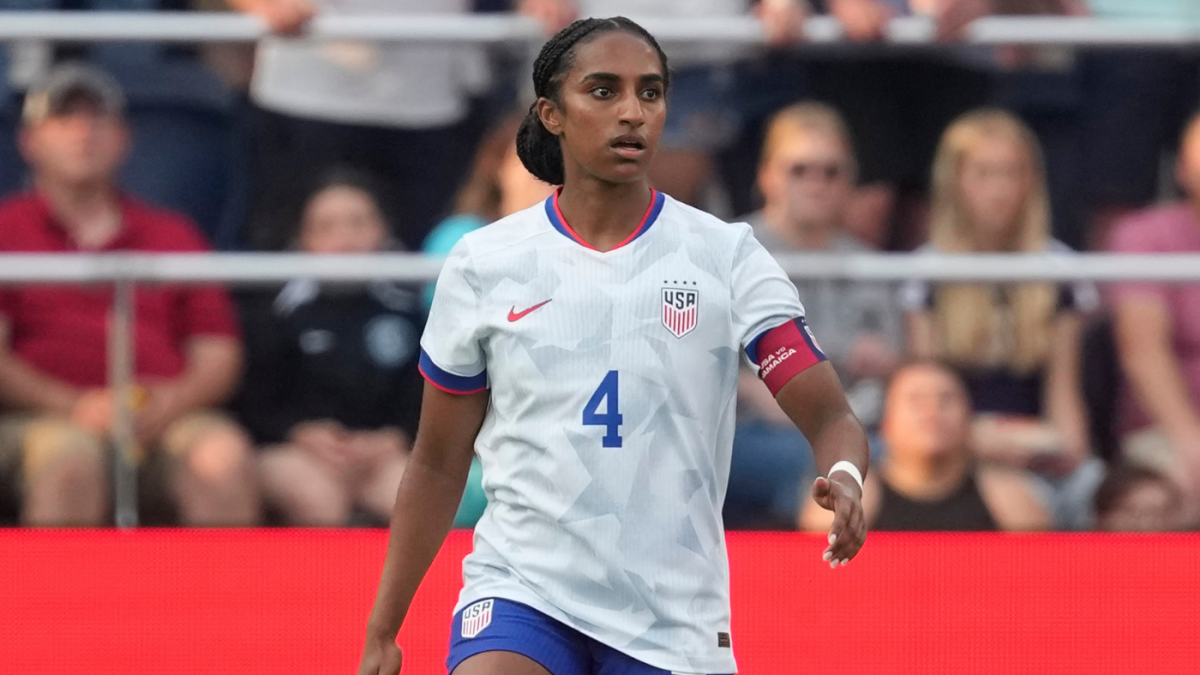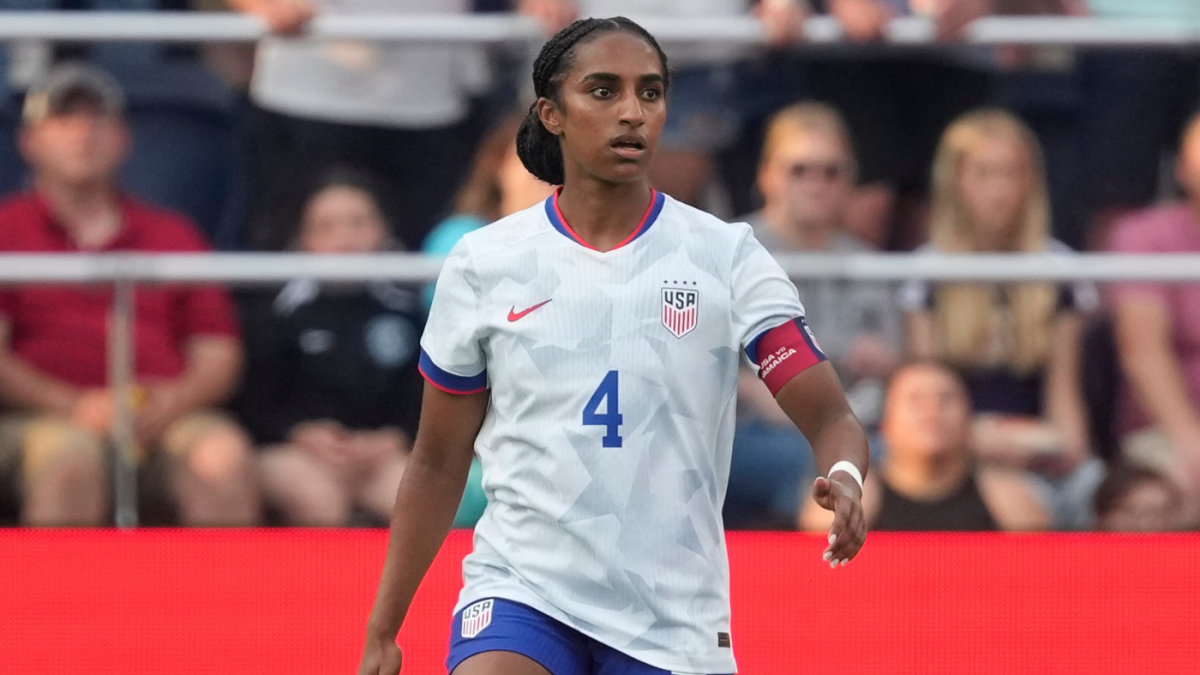A New Era Dawns: Emma Hayes and the Reshaping of the USWNT
A Strategic Shift
The United States Women’s National Team (USWNT) is at a crossroads, steered by the visionary leadership of Emma Hayes. Known for her tactical acumen and player development, Hayes is not merely maintaining the team’s illustrious legacy but is actively reshaping it. Her approach is a blend of experience and innovation, with a distinct focus on players currently competing in the National Women’s Soccer League (NWSL). This strategic pivot is evident in her roster selections and player management strategies, marking a new chapter in the team’s history.
Prioritizing the NWSL Pipeline
One of the most striking aspects of Hayes’ tenure is her emphasis on NWSL-based players. This isn’t a mere coincidence but a deliberate strategy to leverage the league as a key development resource. Hayes has consistently included players with fewer than 20 caps, indicating a long-term vision to deepen the squad’s competitive edge.
This strategy is not just about immediate gains but about sustainable development. By providing opportunities to NWSL players, Hayes is ensuring that the team has a robust pipeline of talent ready to step up when needed. This approach also addresses the physical and mental toll on players competing year-round at the highest level, mitigating burnout and ensuring the longevity of key players based abroad.
Naomi Girma: A Standout Exception
Amidst the focus on NWSL players, Naomi Girma stands out as a notable exception. The Chelsea defender is a consistent presence in Hayes’ squads, even when other European-based players are given rest. Girma’s importance to the team is undeniable, with her recent performances and leadership qualities making her a foundational player.
Girma’s inclusion is likely due to her successful stint with Chelsea, including winning the FA Cup Final and the treble. Her return from injury and consistent performance make her a valuable asset. Hayes’ desire to reintegrate her gradually and maintain her match fitness within the national team environment underscores her strategic approach to player management.
Integrating New Faces and Returning Players
Hayes isn’t just relying on established stars. Her rosters consistently feature a mix of familiar faces and newcomers. Six players on recent 25-player rosters have yet to appear in a game for the senior national team, demonstrating Hayes’ commitment to identifying and integrating fresh talent.
The return of players like Rose Lavelle and Croix Bethune from injury has also been a key focus. Hayes’ patient approach to reintegrating these players reflects her broader strategy of prioritizing player well-being and long-term development. Lo’eau LaBonta’s first-ever USWNT call-up is another example of Hayes recognizing and rewarding strong club form.
Early Results and Tactical Considerations
While Hayes’ tenure is still in its early stages, initial results offer a glimpse into her tactical approach. The USWNT’s recent match against Japan, though a loss, was viewed positively, with observers noting a “good fight” and a promising “direction of youth movement.” Hayes’ strategic integration of young midfielders demonstrates her willingness to experiment and adapt.
The team’s victory over China PR showcased Hayes’ ability to implement a clear game plan and achieve positive results. Her focus on building a cohesive unit and fostering a strong team culture is evident in her praise for the “great group of senior players” who are setting the standard for newcomers.
Looking Ahead: The Road to 2027 and Beyond
Hayes’ long-term vision for the USWNT appears to be centered on building a sustainable system that can consistently compete at the highest level. Her emphasis on the NWSL, coupled with her willingness to embrace new talent and carefully manage veteran players, suggests a strategic approach to squad building.
The upcoming friendlies against Ireland and Canada, as well as matches against Iceland and Argentina, will provide valuable opportunities to further refine her tactics and assess the depth of the player pool. The 2027 Women’s World Cup in Brazil looms large on the horizon, and Hayes is clearly laying the groundwork for a successful campaign.
A Foundation for Future Success
Emma Hayes’ early actions as USWNT head coach signal a departure from the past, not in terms of ambition, but in terms of methodology. By prioritizing the NWSL, carefully managing player workloads, and embracing both established stars and emerging talent, she is building a foundation for sustained success. The consistent inclusion of Naomi Girma underscores the importance of proven quality, while the opportunities afforded to new players demonstrate a commitment to the future.
Hayes isn’t simply inheriting a legacy; she is actively shaping one. The USWNT appears to be entering a new era of strategic development and competitive excellence, poised to continue its tradition of success with a fresh, forward-thinking approach. The road ahead is filled with challenges, but with Hayes at the helm, the future looks bright and promising.












